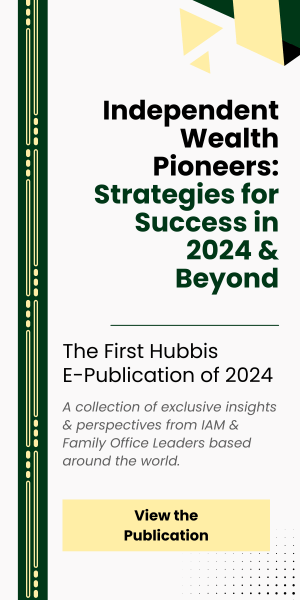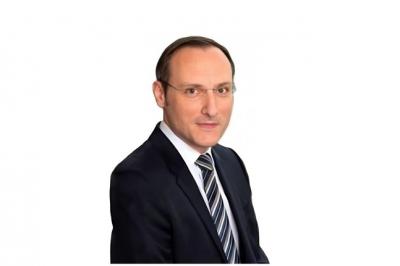Private banks and other wealth managers in Asia need to ensure they are working smartly with clients to deliver performance in a transparent way, with offerings and models tailored to the needs of clients.
Panel speakers
Emmanuel Triomphe, Head of Investment Platforms and Solutions (IPS), Capital Markets Distribution, APAC, UBS Wealth Management
Michael Levin, Head of Asset Management, Asia Pacific, Credit Suisse Asset Management
Harmen Overdijk, Founding Partner, Capital Company
Kevin Liem, Chief Investment Officer, CBH Asia
Aleksey Mironenko, Partner & Chief Distribution Officer, Premia Partners
After such an impressive run in the markets, wealth managers face challenges in how to engage clients on solutions for their portfolio.
Achieving this requires an understanding of their mind-set as well as their experience in terms of the extent of their participation in the rally. It can also be effective to engage clients in the more tactical space by sharing what other investors are doing.
Yet, whether in the mid-cycle or any other part of the cycle, fundamentally all investors ought to review his/her positions.
These were some of the views of speakers at Hubbis’ annual investment-focused event in Hong Kong.
Preparing clients for a correction
Practitioners have certainly learnt, over the past 20 years or so, a few tell-tale signs that precede corrections.
But while people tend to think that all corrections are bad, this only applies to the ones where markets lose 50% or more like in 2009. In fact, most of them simply show that markets are reacting to news, information and flows.
At the same time, investors have become a lot smarter, and are looking at what speakers call ‘solutions’, to provide either a level of protection or a significant buffer to weather a sharp but temporary correction.
This ties in with the results of a poll among the audience – 68% of respondents said they believe that clients are better educated today than they were 10 years ago.
Yet this shouldn’t be a problem for advisers; 80% of respondents to another poll believe that a typical wealth manager is more capable today than a decade ago of having a proper, long-term conversation with clients about their portfolios.
How active to be
When considering how active the management of portfolios should be, speakers say that the question should be how about active advisers need to be, to fulfil the objectives of the investment strategy.
For example, an income strategy would require less frequent turnover compared with a market timing strategy.
In addition, based on the different strategy, there are different fee arrangements for execution, and the different investment universe and set of investment tools would also influence the activities with the account.
Advice vs discretionary – what’s best?
Despite this, the industry in Asia, in general, continues to face the struggle to give consistent and structured portfolio-led advice, rather than just execute single trades.
There is simple or unified approach to provide the right answer as it will depend on the client’s requirement.
Every institution has its own way of crossing this bridge – ranging from being oriented towards discretionary portfolio management, to hybrid offerings, to wrapping advisory solutions in discretionary mandates.
In particular, some speakers believe that discretionary accounts are better suited for clients with lower liquidity requirements.
But a combination of a discretionary and an advisory/execution-only account often works best to fulfil the different objectives many clients have.
It was interesting also to note, that via an audience poll, over 80% of respondents said there is a structured investment process in their organisation – but only half of them acknowledged that it is mandatory for them to follow it.
Meanwhile, almost 20% of delegates said there is no structured process at all.
More broadly, for private banks and wealth managers to play a bigger role in long-term retirement planning, speakers believe that ‘total wealth’ is the way to go.
This involves looking at the client’s overall situation; the question is whether it is possible to scale up this process regardless of the client’s size.
Shift in mind-set
In addition to digital offerings, the larger regulatory spotlight also promises to speed up the required transparency in relation to fees.
Further, as the fee model gradually changes and more of an approach to being performance-based emerges, this will be a game-changer for the asset and wealth management industries.
Such a shift, coupled with algorithms and the efforts in terms of investor education, will go some way in terms of overcoming the struggle in Asia to give consistent and structured portfolio-led advice – rather than just execute single trades.
For example, portfolio awareness will come by demonstrating benefits to clients via the use of more data. Plus, suitability alignment is also important in changing from product driven to advisory and investment goals model.







